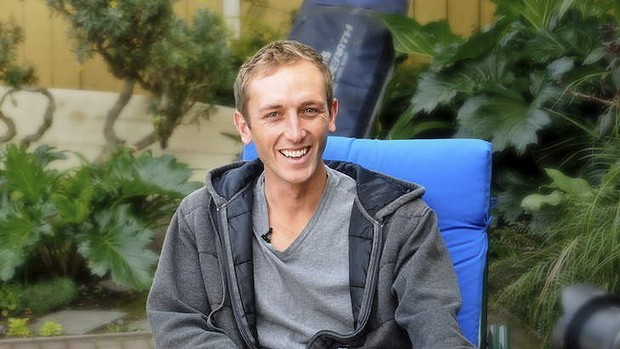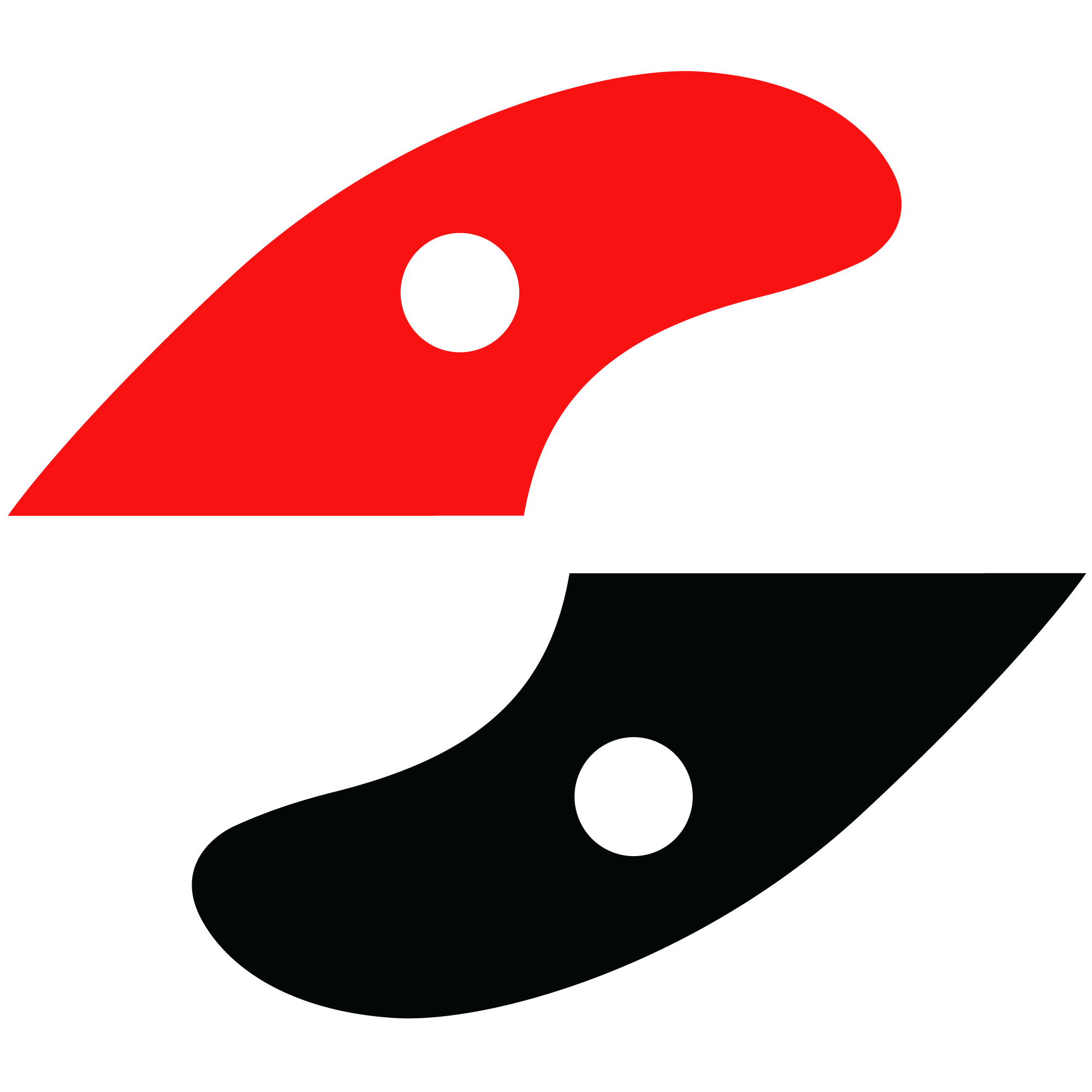
by Steve Dow, Arts writer for SMH.
As a child growing up in Santa Barbara, California, in the 1990s, Riley Herman would ride out into the surf on the nose of his dad’s long board, with his father behind him. Once he finished his architecture studies at university, Sydney beckoned, with a surfing culture much like California’s: great coastal waves, but populated with the sport’s stereotypes of virility, of blond, tanned bodies, among which Herman easily fits.
Australia’s surf history, built on America’s, has long made much of embracing freedom, of being at one with nature and openness to the spiritual side of life. But surfing here also shares America’s complex cultural conformities and exclusions: most obviously, commercial hyper-sexualisation of bodies, particularly those of female surfers, and racial homogeneity.
Not written on the body – but often kept secret for fear of losing sponsorships at the elite level and friendships at both competitive and fun levels – are admitting feelings, vulnerabilities and, happy or not in your private life, that you’re attracted to the same sex.
Herman, now 27, came out fully as gaya couple of years ago, just a few months before he read an internet notice by French-born Sydney film and event producer and amateur surfer Thomas Castets. The notice called for gay and lesbian surfers to come forward and tell their stories. The pair ended up surfing together while making the documentary, Out in the Line-Up, directed by Ian Thomson, which will have its world premiere in Sydney this month. The film charts adventures from Byron Bay to California to the Galapagos.
Advertisement
”I probably knew definitively that I was gay when I was, like, 18, but it took years to come out,” says Herman. ”I didn’t tell my brother – the first person I told – until I was 23.” Herman says he feared the reactions of family and friends, and homophobic violence. He has never been physically attacked, unlike some surfers, but says he has certainly been judged.
”I’ve lost friends, some in the surfing world. I had a little difficulty with family as well … but I think anyone can get over homophobia and realise we’re just people.”
Castets, 37, who was born in Normandy and now lives at Coogee, says the problem is complex, and he is anxious to make clear he doesn’t entirely write off surfing as homophobic, though for many years he, too, resisted coming out, for fear of other surfers’ reactions.
In 2011, he organised 26 surfers to march in the Sydney Gay and Lesbian Mardi Gras parade with their surfboards tucked under their arms. The social-media reaction was a mix of congratulations and condemnation from within the surfer world.
”People are not welcome to celebrate difference in surfing,” says Castets. ”Even straight surfers themselves don’t really talk about their weaknesses or their feelings or their girlfriends.”
In 2010, Castets started the website gaysurfers.net, thinking that he would receive just a few responses. It now has more than 5000 members worldwide.
Former United States professional surfer Robbins Thompson has no problems calling the sport homophobic. He quit surfing after taunts about his sexuality while competing in the waters off San Diego, and regularly finding the word ”fag” spray-painted on his car.
Rumour and innuendo about homosexuality have killed other surfing careers too, says Thompson, who explains in the documentary: ”The thought of myself being gay drove me to near suicide.”
Last year, Thompson wrote on gaysurfers.net: ”Surfing culture overwhelmingly is conservative, homophobic and out of touch with the realities of sexuality and civil rights. Not only do they not understand, they don’t want to.”
So what happened to surfing’s credo of freedom? In the 1960s and early ’70s, says Castets, surfers were often ”marginals”, people who resisted committing to society.
With the mainstreaming of surfing, however, influenced by surfing magazine images of men and women with long, blond hair and blue eyes, and wearing bikinis and bathers – advertisers often today focusing on women surfers’ body parts and not even showing their heads – there came to be a ”conforming to the norm”.
Issues of the exclusion of black surfers courtesy of the blond, blue-eyed surfing stereotype, against a history of US racial segregation, were explored in director Ted Woods’ 2011 surfing documentary, Whitewash – narrated by Ben Harper and Tariq ”Black Thought”, of the Roots – in which African-American surfers talked about being accused of trying to ”act white” for wanting to surf, and even being asked if they could swim.
While gays and lesbians can pass in the surfing world, keeping their sexuality secret, Castets sees taboos for anyone who doesn’t fit the stereotype that a surfer should be blond, white and heterosexual.
”Just as it was not pure racism, but socially accepted racism, it’s the same for homophobia,” he says.
”Today, in surfing, it is still totally acceptable to call somebody a ‘faggot’, or a ‘poofter’, if they pull out of a wave thinking it’s going to be too big and don’t prove their virility.”
The documentary reflects on Matt Branson, the tattooed Sydney tough guy of surfing, who dropped out of the sport in the 1990s and resurfaced in a 2007 profile in Stab magazine by journalist Fred Pawle. Branson came out as gay in the article, surprising many in the surfing world, because he didn’t conform to a gay stereotype.
Branson found the outwardly heterosexual surfing tour world ”tormenting” and admitted that, as a teenager, he joined friends taunting gay men to take attention away from his own secret. He feared if he had come out at his surfing peak, he would have lost friends, his career and two sponsors.
One of the female surfers in the documentary, Susie, talks of how the surfer girlfriends she had shared a house with all moved out when she came out as a lesbian.
Kauai born-and-raised champion big-wave surfer Keala Kennelly says: ”On tour, [homosexuality] was frowned upon. They didn’t want to hear about it. They didn’t want it spoken about.”
Three-times world longboard champion Cori Schumacher says: ”I had to leave professional surfing, because my life was being eaten away.”
One of the key people in the documentary, David Wakefield, of Byron Bay, who takes the surf journey with Castets, has written on the website outsports.com that he fell in love with surfing at the age of five. He also knew at a young age that he was gay.
Wakefield went on to become a state champion after winning his first surfing contest in 1992. ”But even as a teenager, beginning to compete in surfing contests and advertising my sponsor’s products, I knew being gay was not an acceptable option for those active in the sport,” he writes.
”Surfers were simply not gay! I felt pressured to conform, and so I kept the fact that I was gay a secret for the next 20 years.”
Finally, he came out very publicly in 2011, marching with Castets in the Mardi Gras. His photo featured on the smh.com.au website the next day, and he was picked out and interviewed by Australian comedienne Pam Ann on television.
Castets says that, in making his documentary, he met surfers who had experienced homophobia, depression about their hidden sexuality or at least a fear of discrimination. He hopes the film will not point the finger at surfing as being homophobic, but rather raise the visibility of gay sportspeople. He even hopes the documentary may prompt one current champion surfer in his 20s to come out.
Out in the Line-Up premieres at the Mardi Gras Film Festival at Event Cinemas, George Street, February 20. outinthelineup.com
Read more: http://www.smh.com.au/nsw/breaking-through-waves-of-ignorance-20140208-328i3.html#ixzz2szzdedU9

